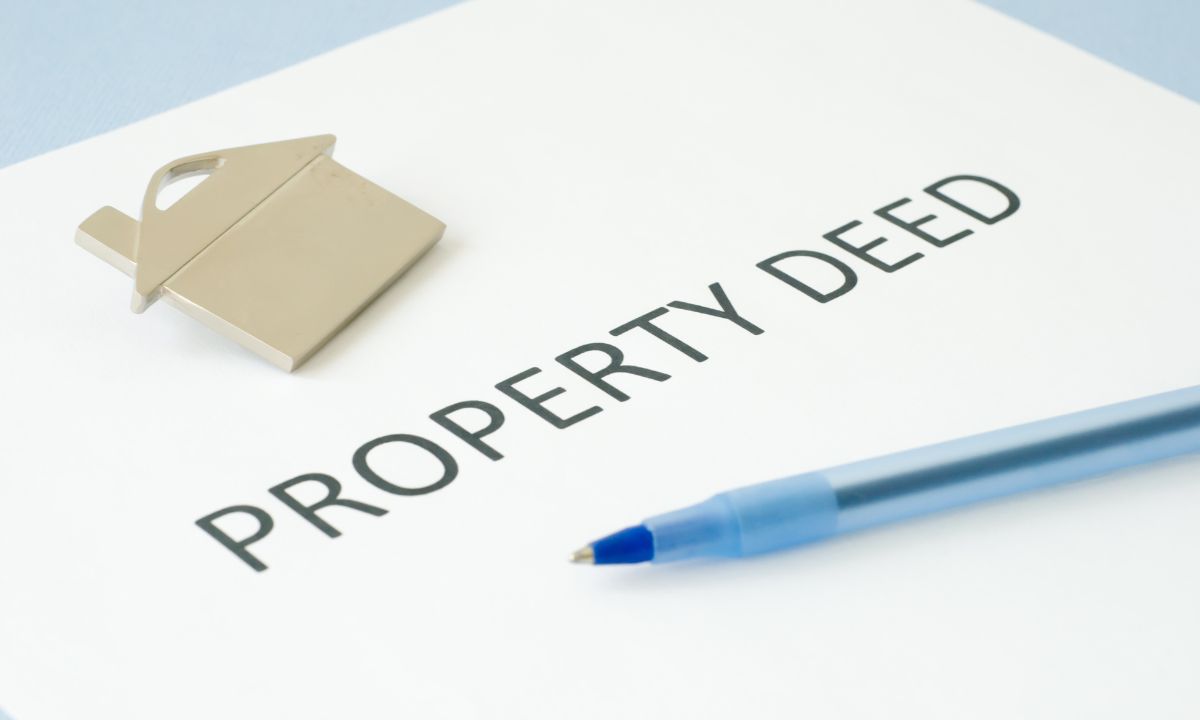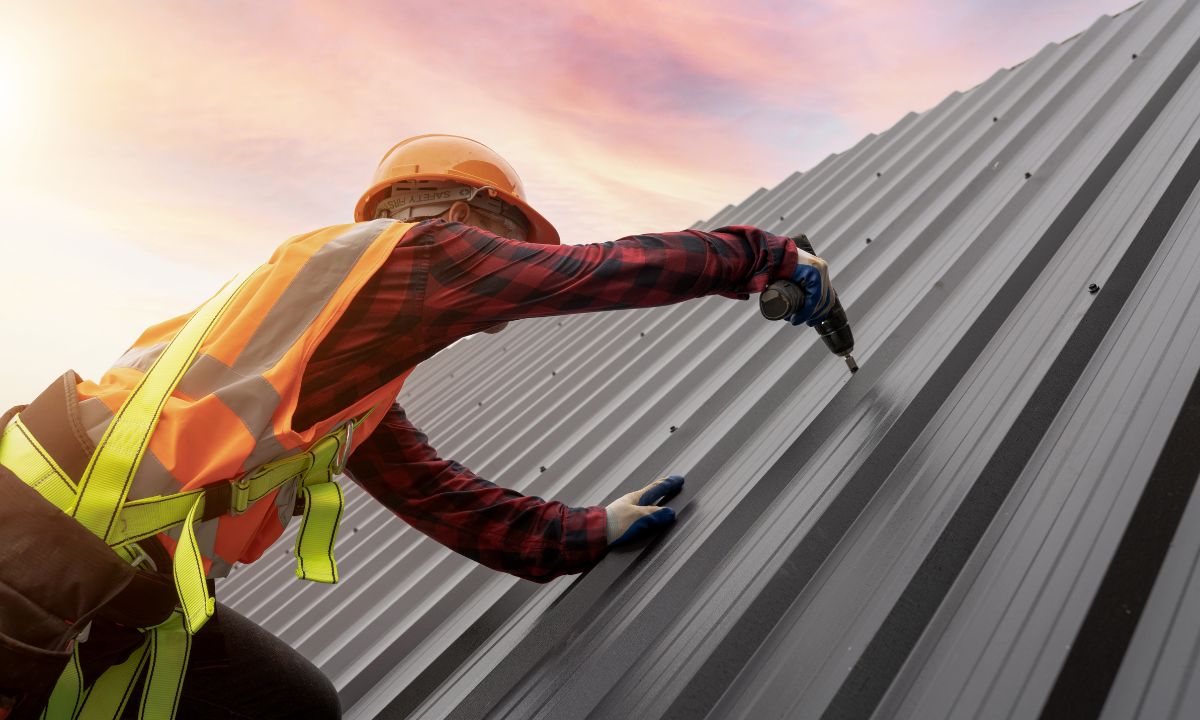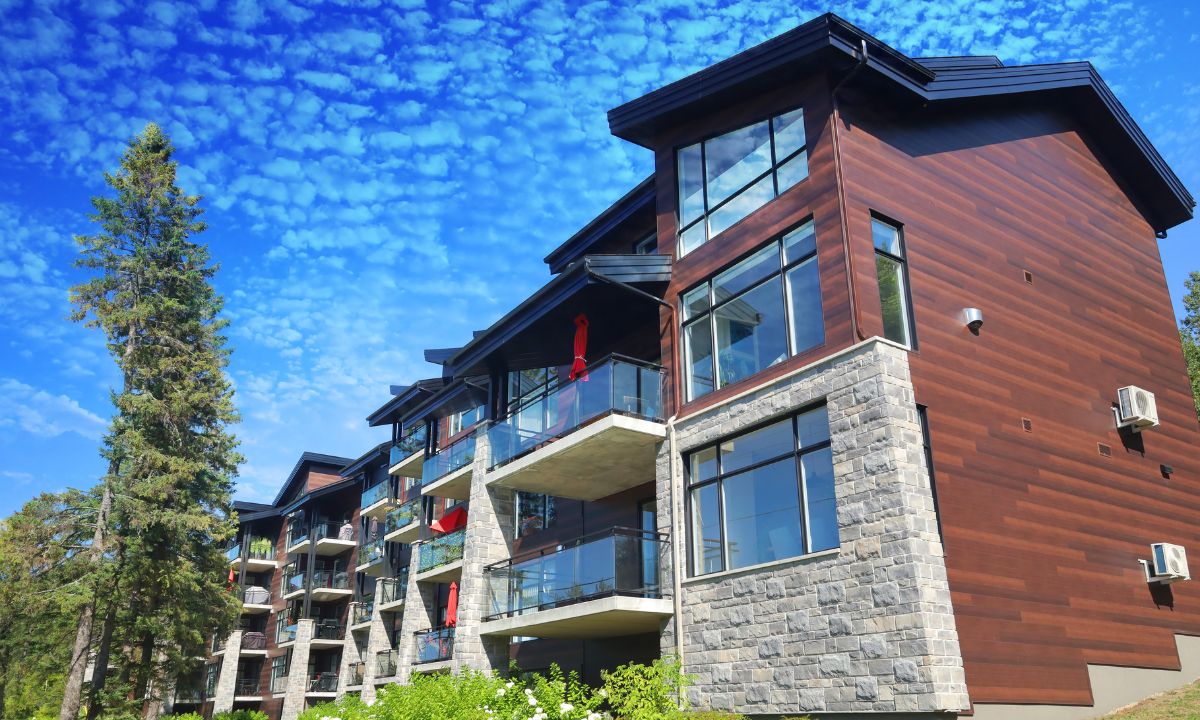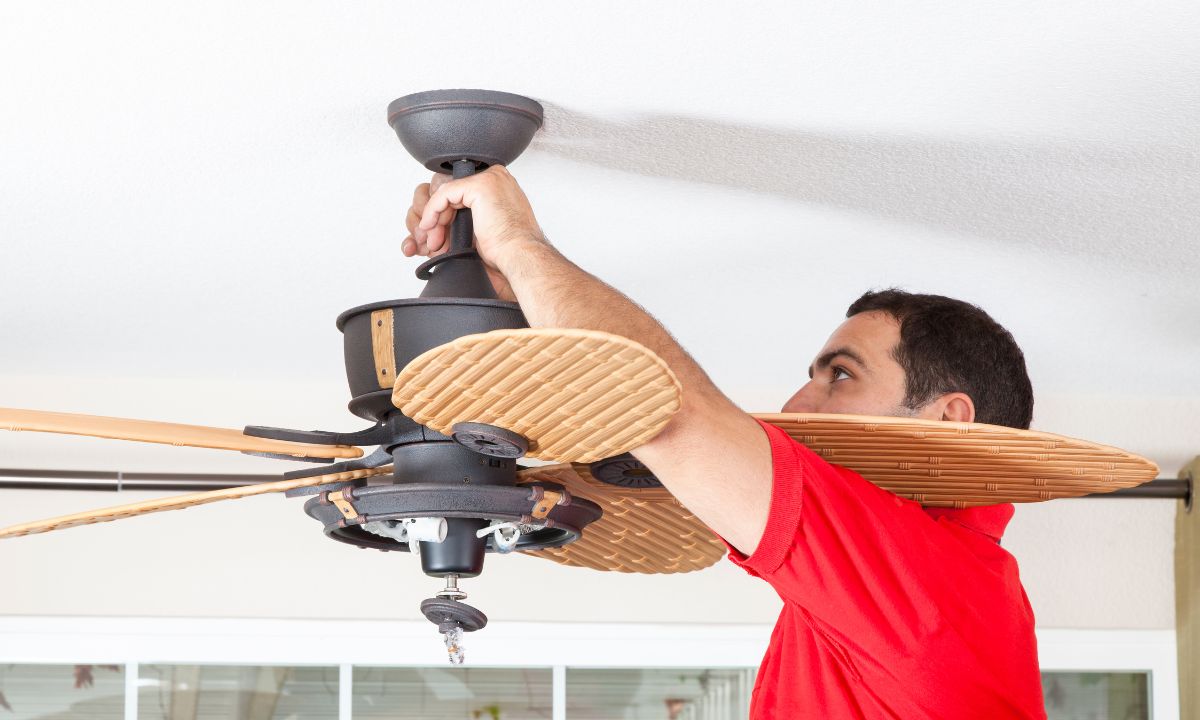
With lofty expectations, the CPI delivered a lower-than-expected inflation increase, leading to a positive uptake across many lending partners and markets. However, the PPI was on the opposite end of that, with a higher-than-expected inflation rate increase, muting the positive response from the CPI data release.
The outlook for a rate cut this year has changed, making the potential for it highly likely. Even Jerome Powell, who usually has a more hawkish response regarding rate cuts, is now leaving some room for this possibility. With the outlooks in favor of a rate cut, we’re seeing the impact across many markets as the potential change for rates is reduced long term.
Consumer Price Index
The cost of consumer goods and services fell in June for the first time since the pandemic in 2020, affirming a recent slowdown in inflation that could impel the Federal Reserve to cut high U.S. interest rates in the next few months. The consumer price index fell 0.1% last month after no change in May, the government said Thursday. That’s the first drop since May 2020 at the height of the pandemic when the economy was mostly shut down.
Producer Price Index
Wholesale costs rose slightly faster than expected in June, but not enough to counter a recent string of reports showing inflation has slowed again. The Producer Price Index advanced 0.2% last month, the government said Friday. That was a touch faster than Wall Street’s 0.1% forecast.
Consumer Credit
Total consumer credit rose $11.3 billion in May, up from a $6.5 billion gain in the prior month, the Federal Reserve said Monday. Economists had been expecting a $8 billion gain, according to a Wall Street Journal survey. The rise in May translates into a 2.7% annual rate, stronger than the 1.5% rise in the prior month.
Primary Mortgage Market Survey Index
- 15-Yr FRM rates are seeing a decrease by -0.08% with the current rate at 6.17%
- 30-Yr FRM rates are seeing a decrease by -0.06% with the current rate at 6.89%
MND Rate Index
- 30-Yr FHA rates are seeing a decrease by -0.25% for this week. Current rates at 6.25%
- 30-Yr VA rates are seeing a decrease by -0.26% for this week. Current rates at 6.26%
Jobless Claims
Initial Claims were reported to be 222,000 compared to the expected claims of 236,000. The prior week landed at 239,000.
What’s Ahead
Proceeding reports after the inflation data releases are, as expected, having a very light release schedule. The only notable release are the retail sales reports which indicate how much consumers have leveraged their purchasing power in the last quarter.
 Buying or selling real estate involves a lot of paperwork, and one of the most critical documents in these transactions is the deed. A deed is a legal document that transfers ownership of property from one party to another. Understanding the different types of deeds is essential to ensure you make informed decisions in your real estate transactions.
Buying or selling real estate involves a lot of paperwork, and one of the most critical documents in these transactions is the deed. A deed is a legal document that transfers ownership of property from one party to another. Understanding the different types of deeds is essential to ensure you make informed decisions in your real estate transactions. When it comes to constructing your house or undertaking home improvement projects, the roof is a crucial component. It’s not just about aesthetics; the roof provides essential protection against the elements. Investing both money and time into selecting the right roofing material is vital, and a little extra research can go a long way.
When it comes to constructing your house or undertaking home improvement projects, the roof is a crucial component. It’s not just about aesthetics; the roof provides essential protection against the elements. Investing both money and time into selecting the right roofing material is vital, and a little extra research can go a long way. What is Grading?
What is Grading? Multifamily residential buildings are at a greater risk for fire because they contain more kitchens, furnaces, water heaters, and other elements that can pose opportunities for a fire to start. Fire safety in multifamily housing is influenced by the design of the building, its fire protection features, the quality of materials used in the building’s construction, the building’s contents, and overall maintenance.
Multifamily residential buildings are at a greater risk for fire because they contain more kitchens, furnaces, water heaters, and other elements that can pose opportunities for a fire to start. Fire safety in multifamily housing is influenced by the design of the building, its fire protection features, the quality of materials used in the building’s construction, the building’s contents, and overall maintenance.


 As temperatures continue to climb, it’s essential to find ways to keep your home cool while minimizing your utility bills. Here are several cost-effective strategies to achieve this without relying on your air conditioner.
As temperatures continue to climb, it’s essential to find ways to keep your home cool while minimizing your utility bills. Here are several cost-effective strategies to achieve this without relying on your air conditioner.